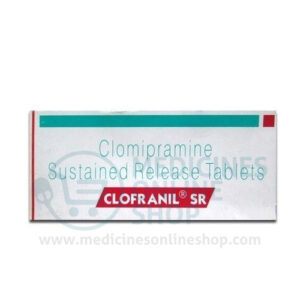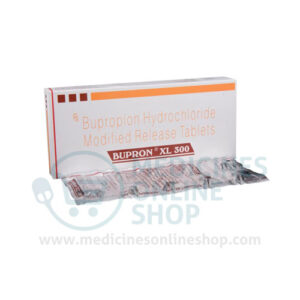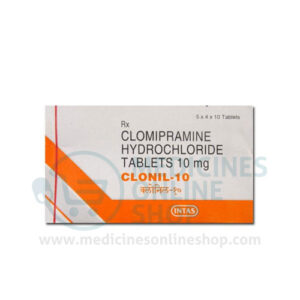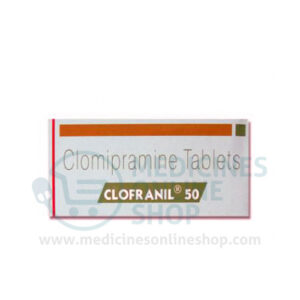Medication Safety Issues
Sound-alike/look-alike issues:
Milnacipran may be confused with levomilnacipran
Savella may be confused with cevimeline, sevelamer
Geriatric Patients: High-Risk Medication:
Beers Criteria: Serotonin/Norepinephrine Reuptake Inhibitors (SNRIs) are identified in the Beers Criteria as a potentially inappropriate medication to be used with caution in patients 65 years and older due to its potential to cause or exacerbate syndrome of inappropriate antidiuretic hormone secretion (SIADH) or hyponatremia; monitor sodium concentration closely when initiating or adjusting the dose in older adults (Beers Criteria [AGS 2019]).
Generic Available (US)
No
Storage/Stability
Store at 25°C (77°F); excursions permitted between 15°C to 30°C (59°F to 86°F).
Adverse Reactions
>10%:
Central nervous system: Headache (18%), insomnia (12%)
Endocrine & metabolic: Hot flash (12%)
Gastrointestinal: Nausea (37%), constipation (16%)
1% to 10%:
Cardiovascular: Palpitations (7%), increased heart rate (6%), hypertension (5%), flushing (3%), increased blood pressure (3%), tachycardia (2%), peripheral edema (≥1%)
Central nervous system: Dizziness (10%), migraine (5%), chills (2%), depression (≥1%), drowsiness (≥1%), falling (≥1%), fatigue (≥1%), irritability (≥1%)
Dermatologic: Hyperhidrosis (9%), skin rash (3%), night sweats (≥1%)
Endocrine & metabolic: Decreased libido (≥2%), hypercholesterolemia (≥1%), weight changes (≥1%)
Gastrointestinal: Vomiting (7%), xerostomia (5%), abdominal pain (3%), decreased appetite (2%), abdominal distension (≥1%), diarrhea (≥1%), dysgeusia (≥1%), dyspepsia (≥1%), flatulence (≥1%), gastroesophageal reflux disease (≥1%)
Genitourinary: Decreased urine output (≥2%), dysuria (≥2%), ejaculation failure (≥2%), ejaculatory disorder (≥2%), erectile dysfunction (≥2%), prostatitis (≥2%), scrotal pain (≥2%), testicular pain (≥2%), testicular swelling (≥2%), urethral pain (≥2%), urinary hesitancy (≥2%), urinary retention (≥2%), cystitis (≥1%), urinary tract infection (≥1%)
Neuromuscular & skeletal: Tremor (2%)
Ophthalmic: Blurred vision (2%)
Respiratory: Dyspnea (2%)
Miscellaneous: Fever (≥1%)
<1%, postmarketing, and/or case reports: Accommodation disturbance, acute pancreatitis, acute renal failure, aggressive behavior, angle-closure glaucoma, anorexia, cardiomyopathy (takotsubo), delirium, erythema multiforme, galactorrhea, hallucination, hepatitis, homicidal ideation, hyperprolactinemia, hypertensive crisis, hyponatremia, leukopenia, loss of consciousness, neuroleptic malignant syndrome (Stevens 2008), neutropenia, outbursts of anger, parkinsonian-like syndrome, Raynaud phenomenon (Khouri 2016; Peiró 2007), rhabdomyolysis, seizure, serotonin syndrome, Stevens-Johnson syndrome, supraventricular tachycardia, thrombocytopenia





